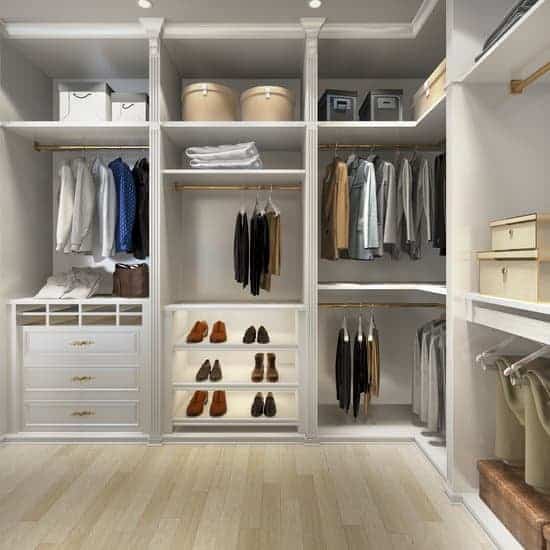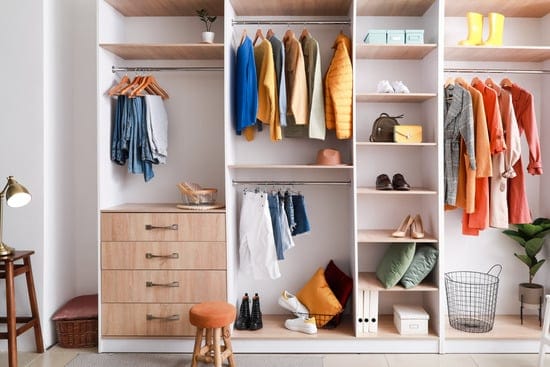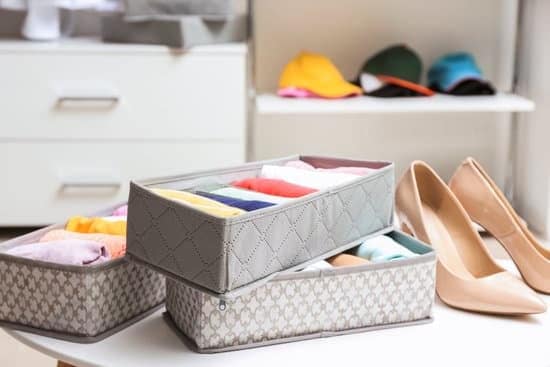Looking to maximize your space and create a functional workspace? Learn how to build a desk in a closet! This step-by-step guide will show you how to transform your unused closet into a practical and efficient workstation. With careful planning, proper measurements, and the right materials, you’ll be able to create a customized desk that fits perfectly in your closet while still leaving room for storage. Get ready to optimize your productivity without sacrificing safety!
Assessing Your Closet Space
You’ll need to measure your closet space to determine if it’s large enough for a desk. Start by clearing out all items from the closet, ensuring you have a clear and open space to work with. Use a tape measure to assess the width, depth, and height of the closet. Make sure to consider any shelving or hanging rods that may limit the available space. When evaluating functionality, think about how you can maximize every inch of your closet. Consider installing shelves or drawers above or below the desk area for additional storage options. Also, think about adding hooks or organizers on the walls to keep your workspace clutter-free. Remember, safety is paramount when creating a desk in a closet, so ensure proper ventilation and lighting are incorporated into your design.
Gathering Materials and Tools
To construct a desk inside a small space, start by gathering all the necessary materials and tools. Safety is essential, so make sure you choose a workspace that allows for proper ventilation and adequate lighting. It’s important to set up a temporary desk solution that is sturdy and secure. Begin by measuring the dimensions of your closet to determine the size of the desk you can accommodate. Next, gather materials such as plywood or particle board for the desktop, brackets or shelf supports for stability, and screws or nails to secure everything in place. Additionally, you’ll need basic tools like a drill, screwdriver, level, and measuring tape. Remember to wear safety goggles and gloves while working with power tools. By collecting all these materials and tools beforehand, you’ll be well-prepared to begin building your desk in the closet safely.
Measuring and Planning Your Desk Design
Start by measuring the dimensions of your small space to determine the size and layout of your desk. This will ensure that you choose the right desk height and create a functional workspace. When measuring, make sure to take into account any obstacles such as shelves or hanging rods in your closet. Consider how much work surface area you need and how much storage space is necessary for your supplies. Safety is important, so be mindful of any electrical outlets or cords that may be near your workspace. Once you have measured everything, sketch out a plan for your desk design, including where you want to place shelves or drawers. By carefully measuring and planning, you can maximize the use of your small space while creating a safe and efficient workstation.
Building the Desk Structure
Once you’ve measured and planned your desk design, it’s time to construct the framework. Building a sturdy desk structure is crucial for creating a workspace that is both functional and safe. Here are three important steps to follow:
- Begin by assembling the frame using strong wood or metal materials. Make sure to secure all joints and corners properly for stability.
- Next, attach the desktop surface securely to the frame, ensuring it is level and flush with the edges.
- Finally, reinforce the structure by adding supporting beams or braces underneath. This will help distribute weight evenly and prevent any sagging over time.
By following these steps, you can create a workspace that maximizes space utilization while providing a safe environment for all your activities.
Adding Storage and Organization Elements
When adding storage and organization elements, you’ll want to consider the size and placement of shelves or drawers to maximize functionality. Maximizing space is key in a closet desk setup, so utilizing vertical storage is crucial. Install shelves above the desk surface to store books, binders, or other frequently used items. You can also incorporate hanging organizers or file holders on the inside of the closet doors for easy access to documents and supplies. To prevent any accidents or injuries, make sure all storage units are securely anchored to the wall and can support the weight of your belongings. Additionally, consider using bins or baskets for smaller items like pens, paperclips, and USB drives. By strategically organizing your belongings within reach, you’ll create a functional workspace that maximizes every inch of your closet desk setup.
Conclusion
So now you have successfully built a desk in your closet! You assessed your closet space, gathered the necessary materials and tools, measured and planned your design, built the desk structure, and added storage and organization elements. By following these steps, you have created a functional workspace that maximizes the use of your closet. Enjoy your new desk and stay organized!






